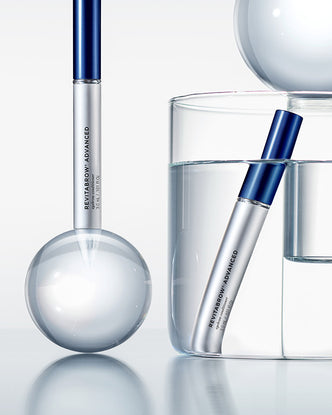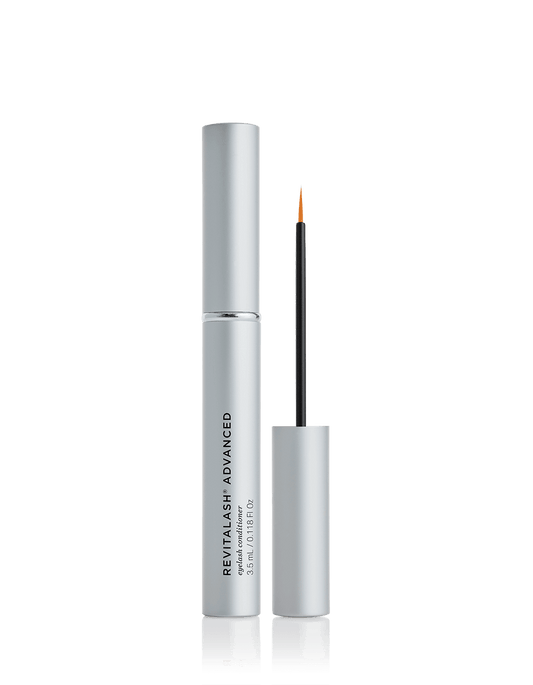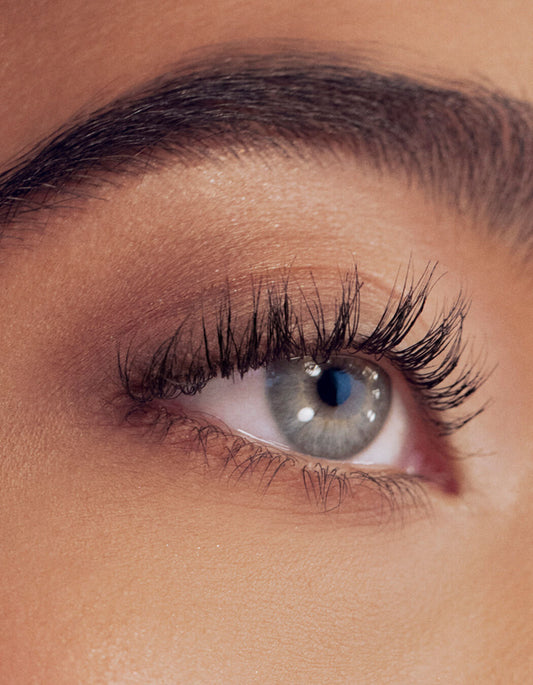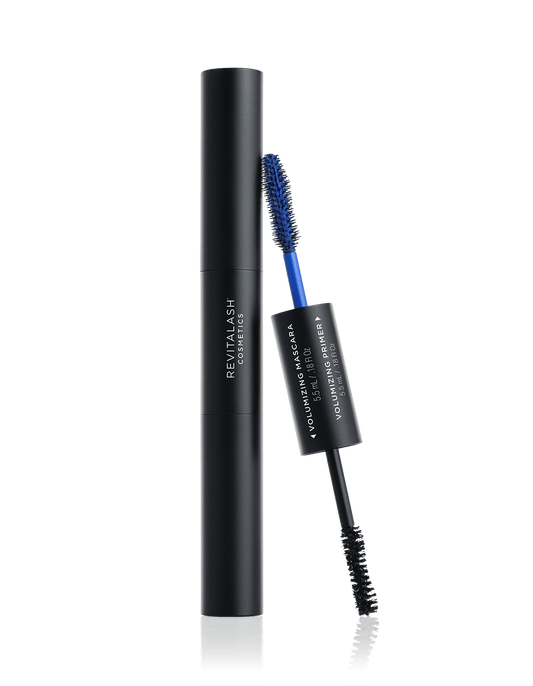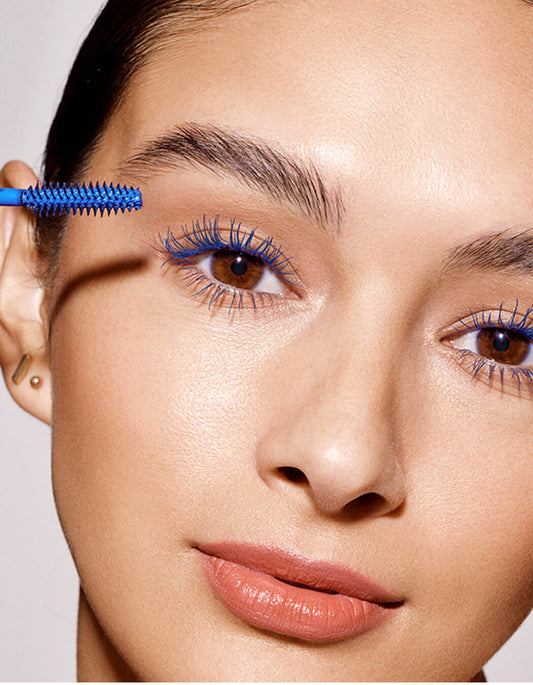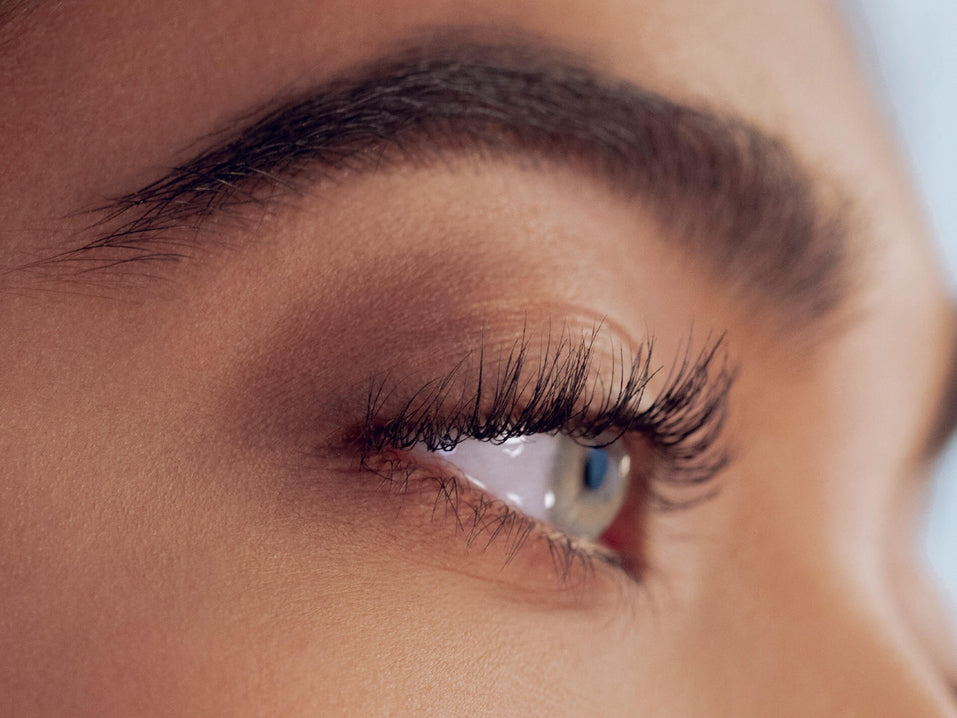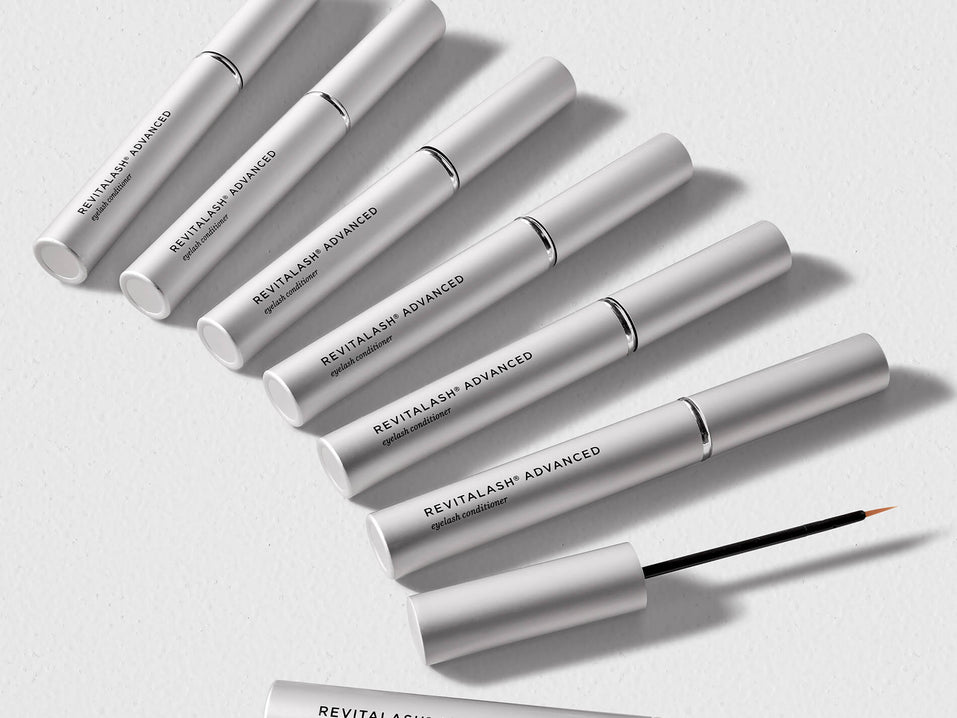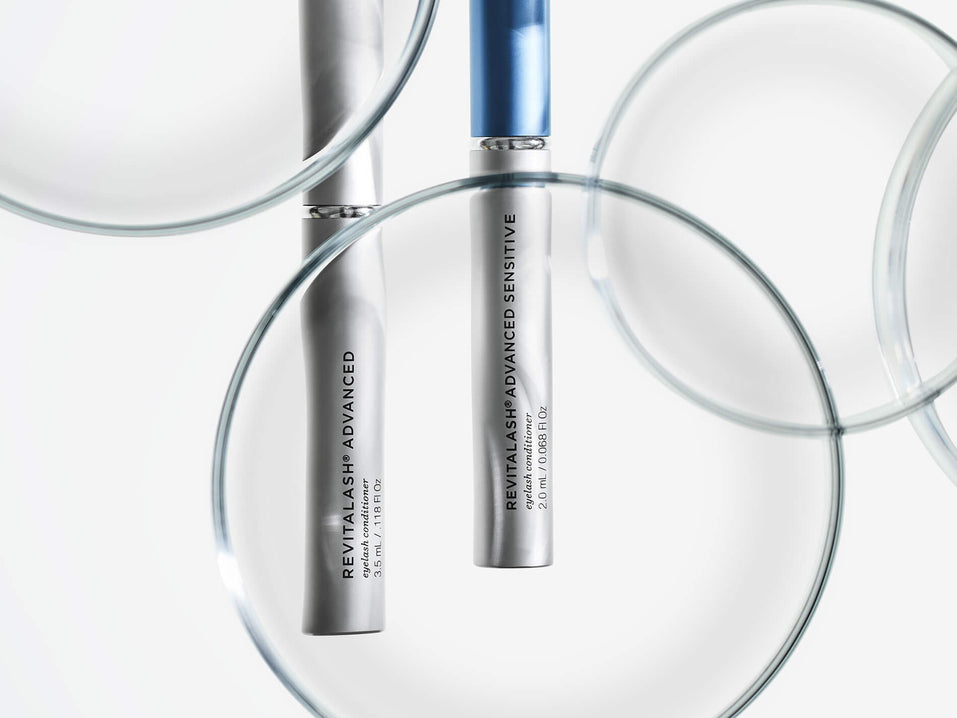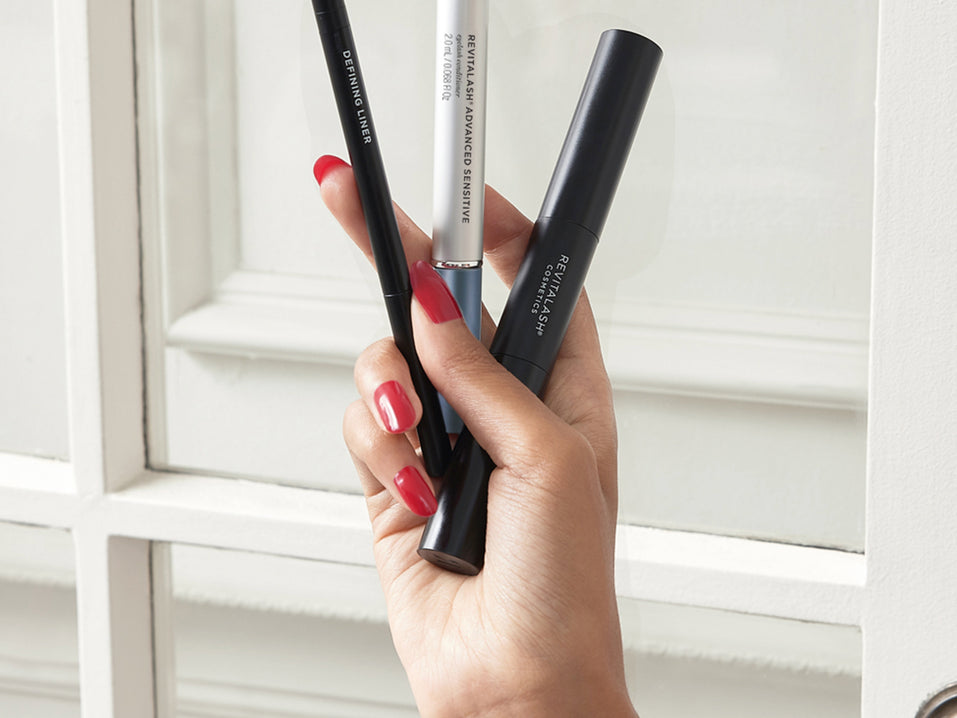Society’s obsession with full, fluttery lashes dates back to Ancient Egypt where women coveted tinting treatments, ointments and brushes to achieve a bold and beautiful look. Attempts at eyelash extensions date back as early as the 1800’s, where it’s been recorded that women experimented with gluing lashes to their lash line. Today, there are endless options for achieving the lashes you long for, whether it’s choosing an eyelash serum like RevitaLash® Advanced for healthier, stronger lashes, opting for lash extensions to add dramatic volume, or simply sticking to mascara for an everyday look. Though beauty treatments have come a long way since Ancient Egypt, our human physiology has remained the same – namely, the lash cycle. Before getting caught up in expensive beauty treatments or jumping to conclusions about lash fallout, it’s important to understand the cycle of this small but oh so important feature.
Each person typically has between 150-200 natural lashes per eye on their upper eyelids, and 75-100 on the lower eyelids. While each person differs on lash length, thickness and color, we each go through a growth cycle, which can be broken down into three phases: Anagen, Catagen and Telogen.
The Anagen Phase (Active Growth)
In the first phase, called the Anagen phase, lashes are actively growing for around 30-45 days. Approximately 40% of your lashes are in the phase at any given time. Each lash will continue to grow until a specific length and then stop.
The Catagen Phase (Transition Phase)
The second phase in the lash cycle is the Catagen phase, where the lash reaches its desired length and stops growing, and the follicle gets smaller. This phase lasts 2-3 weeks. Should a lash fall out during catagen, it won’t begin growing back until this phase has run its course.
The Telogen Phase (Resting Phase)
The resting/shedding phase is known as the Telogen phase, which lasts 3-4 months. During this time, a new hair begins to grow from the hair follicle, eventually pushing out the old hair. This means there’s no reason to get worried about normal lash shedding – they are just making room for new ones! Because each individual lash is in its own phase of the cycle, it’s normal for a few lashes to fall out every day. It usually takes 4-8 weeks to fully replace a lash.
To help keep lashes in tip-top shape, we recommend following these practices:
- Remove makeup thoroughly each day
- Avoid waterproof makeup
- Incorporate a lash serum into your daily routine
- Avoid tugging, pulling, or rubbing lashes
*Information from NCBI and Lash Resource

